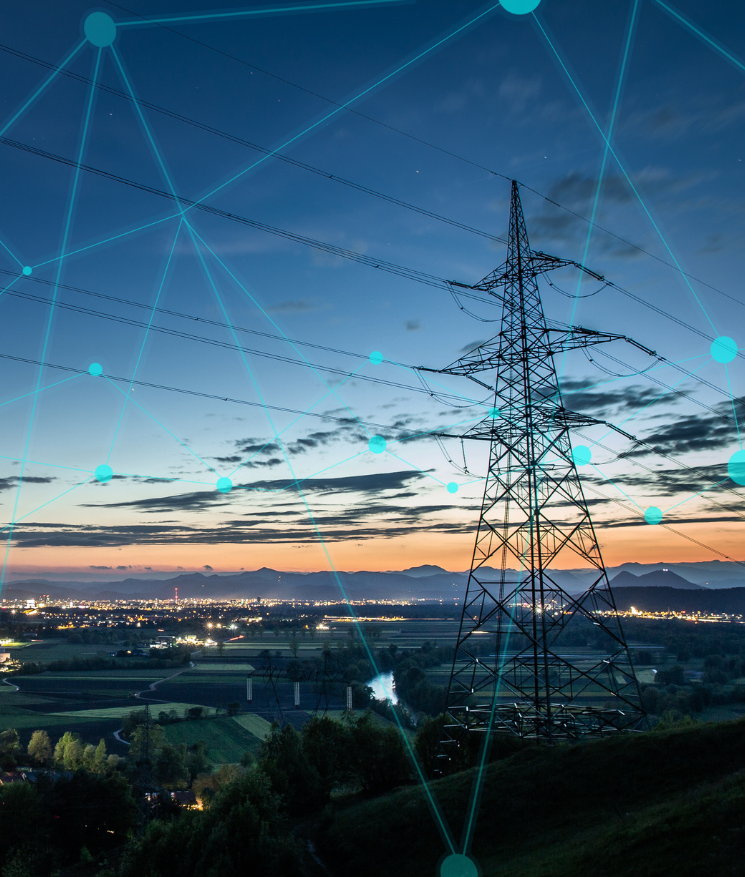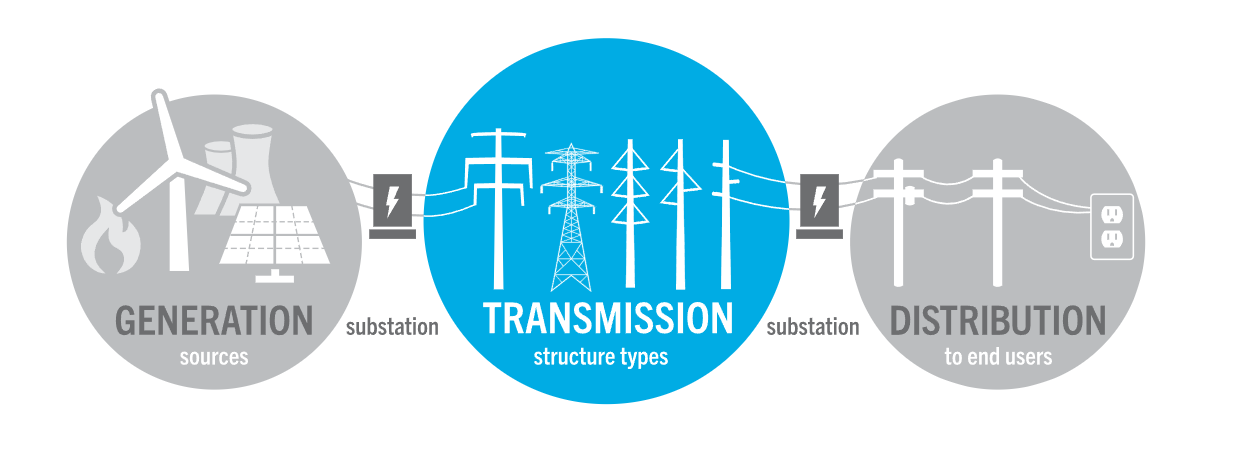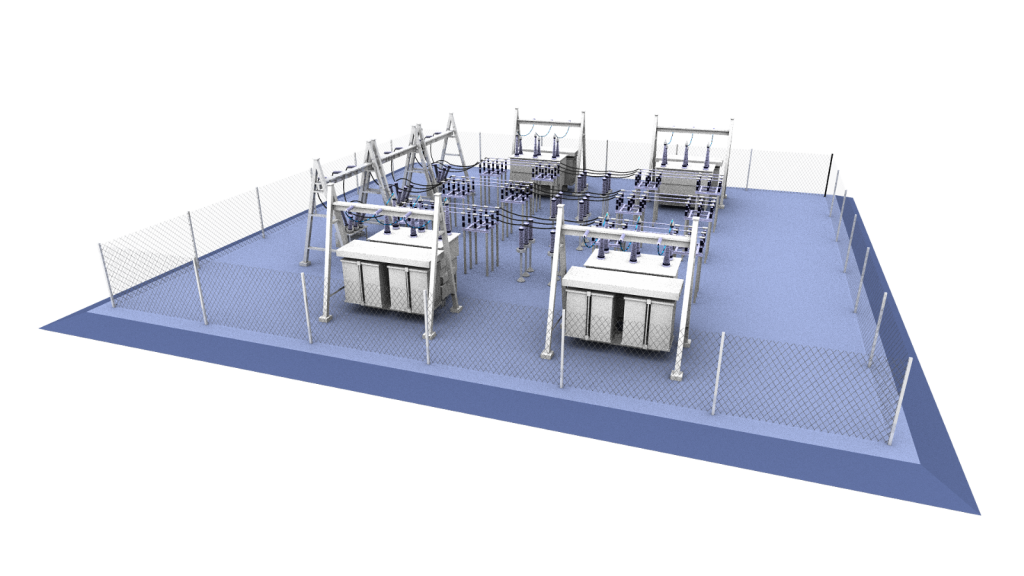Setting a new standard for energy.

Understanding the Power Grid

Delivering Energy 24/7
The U.S. power grid is one of the great engineering feats of the 20th century, connecting Americans to safe, reliable electricity on demand.
Today’s grid is a highly integrated network of transmission lines and control facilities that interconnect with electrical generation serving millions. The stability of America’s power grid benefits our nation in many ways:
- Predictable power fuels economic growth
- Reliable power protects public safety and lives
- Abundant power improves our quality of life
Three Components of the Power Grid
Each stage of the power delivery process contributes to the world’s most reliable service.

Generation
The process of creating electricity at a power plant or facility. Popular fuel sources include natural gas, coal, nuclear, wind, biomass, solar and hydro.
Transmission
A network of high-voltage lines and substations acting as an energy superhighway. Transmission brings generated electricity to populated areas for distribution.
Distribution
The network of power lines and wires that bring the generated electricity into our homes and businesses.
The Importance of Transmission
Our nation’s power grid unites thousands of different generation sources and allows electricity to flow between cities, states and regions, giving customers access to low cost, highly reliable energy. But the grid only works with a robust network of high-voltage transmission lines.
With our economy in the midst of a historic electrification, use and demand for electricity is changing, and it’s up to the transmission system to handle it. Unfortunately, years of underinvestment and policy barriers have left our grid behind.
That’s why our nation urgently needs:
- Major investments in high-voltage transmission
- Energy-first policy and incentives for new transmission
- Effective interregional transmission planning

GRID FAQ
Some of the Most Common Grid Questions
Who manages the U.S. power grid?
The nation’s power grid is overseen at virtually every level of government, from local public utility commissions to federal regulators. Depending on the project and location, stakeholders can include:
- Federal and state regulators
- Regional transmission organizations (RTOs)
- Independent System Operators (ISOs)
- Public utility commissions
- Legislative bodies
- Regional and local utilities
- Environmental agencies
- The public (landowners)
How much electricity does the power grid handle?
As of February 2023, America had nearly 1.3 million megawatts of generation capacity, with hundreds of thousands of megawatts under development. That power is sent to customers across more than 640,000 miles of transmission lines—but it still won’t be enough to handle growing demand over the next decade.
What are the biggest drivers of electrical demand?
After years of relatively flat growth, the nation’s projected electricity demand is rising as new technologies come online.
The biggest drivers are:
- “Mega” manufacturing & industrial facilities
- Data centers (including cryptomining and AI)
- Electric vehicles and charging stations
What are the biggest threats facing the grid?
The global climate crisis means extreme weather events are on the rise, which can damage or destroy infrastructure. Cyber attacks on U.S. infrastructure are on the rise, which requires upgraded systems and defenses to protect the grid. New investments in our grid are urgently needed to protect against these growing threats.
What is needed to improve our grid?
More transmission capacity is urgently needed to handle the coming demand. But regulatory red tape has slowed new construction and stretched the average project timeline to 8-12 years or more.
We need smart energy policy that provides supportive financial incentives and cuts red tape, so utilities can work quickly to build capacity for the future.
How can we meet renewable energy goals?
Generation sources, like solar and wind, can help supplement the needed capacity for energy but require distinct environmental conditions, which aren’t consistently available in all areas of the country. Therefore, we need robust transmission infrastructure to move this energy from where it’s generated to where it’s needed. Transmission infrastructure is the key to achieving renewable energy goals set by utilities, states and/or the federal government.
Let’s Build a Stronger Grid
It will take all of us—legislators, regulators, utility providers and the public—to drive the changes in policy we need to build a power grid for our 21st century economy.
We’re already behind, so let’s get to work.
Learn the Issues
Dig into transmission policy with industry insights.
Share the Message
Share on LinkedIn and X.
